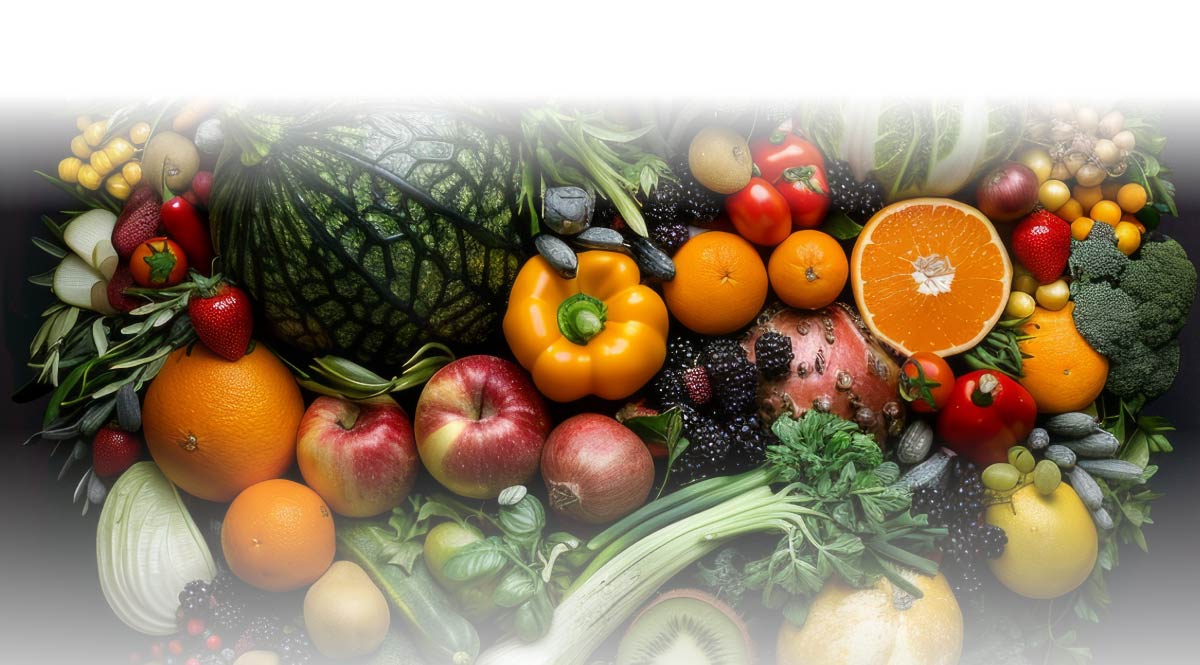Umami & Depth: Enhancing Natural Flavors

Achieving deep, savory flavors in plant-based foods has been a challenge, but new approaches are changing the game. Black garlic, mushrooms, miso, and fermented soy are being used to build rich, complex umami notes in meat and dairy alternatives. Smoking and aging techniques are also becoming more popular, helping plant-based cheeses, meats, and sauces achieve the depth traditionally associated with animal-derived products. The result? More robust, satisfying flavors that don’t need to imitate but can stand on their own.
Global Influences & Spice-Forward Innovation

Natural Sweeteners & Functional Ingredients

Texture: Achieving Indulgence Without Dairy


The Future: Where Plant-Based Flavor Innovation is Headed
Looking ahead, expect to see a greater focus on single-origin plant-based ingredients that highlight purity and location, much like specialty coffees or wines. Advances in fermentation and AI-driven flavor development are also shaping the future, allowing for hyper-customized flavor profiles that closely mimic or even surpass traditional foods. The next wave of plant-based food trends of 2025 won’t just be about mimicking what already exists—it will be about creating entirely new, crave-worthy flavors that redefine the category.
As the plant-based market matures, flavor will continue to be the driving force behind consumer adoption. The brands that embrace these innovations will not only meet the evolving tastes of today’s consumers but will also help shape the future of plant-based cuisine.
Insights & Trends

The Salty Snack Game Is Changing: What It Takes to Win with Today’s Consumers

Label Fatigue: Are We Overwhelming the Consumer with Too Much Information?

Go Big or Go Bland: The Rise of Maximalism in Taste

Tackling Food Waste from Every Angle: From Policy to Plate

How Health, Tech, and Global Events Are Changing What We Eat

Beyond the Label: How Word Choices and Packaging Affect Taste

The Rise of Customizable Flavors: Tailoring Taste to Consumer Preferences

Sustainability Meets Taste: Food Frontiers

Flavor Innovation in Plant-Based Foods What’s Next?

